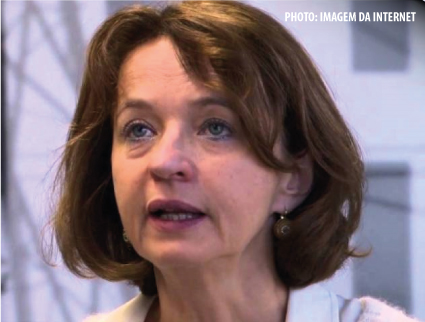
Sickle cell disease: study shows that gene therapy could be in the right way
First person to be treated for sickle cell disease with gene therapy during a clinical assay had positive results
12/09/2017
We used a gene addition strategy that we have optimized in order to obtain an appropriate number of connected stem cells to transplant
The cure for the main genetic and inherited disease could be on its way through a technology rather than bone marrow transplant. The advances in gene manipulation have returned exciting results for the cure of sickle cell diseases – an inherited disease caused by a genetic mutation that makes red blood cells sickle-shaped. The sickle cell disease strikes mainly those whose ancestors came from sub-Saharan Africa, and worldwide 275 thousand babies are affected. It is expected that five million people currently live with the disorder. The disease is a great challenge for modern medicine due to the extreme variation of clinical episodes it causes and little availability of effective drugs, where Hydroxycarbamide or Hydroxiureia is the only with proved efficacy.
Recently a case involving a French youngster who was submitted to gene therapy in 2014 and now has enough red blood cells to contain the disorder was disclosed. The team at AP-HP University Hospitals group in Paris, from the Imagine Institute of Genetic Diseases and gene therapy company Bluebird Bio were able to dismiss the boy from further transfusions after the treatment in Paris. For further information on the subject, the press advisory at the Brazilian Society of Tropical Medicine (BSTM) contacted the studys leader, Professor Marina Cavazzana.
BSTM: Doctor Marina Cavazzana, could you give us a few words about this new method, considered the first to be performed in the world?
Pr. Cavazzana: The method is not new, we used a gene addition strategy that we have optimized in order to obtain an appropriate number of connected stem cells to transplant.
The vector used is quite original allowing the expression of a mutated ? chain with antisickling properties.
BSTM: How did the idea of using gene therapy to ease sickle cell disease symptoms come up?
Pr. Cavazzana: The idea has been elaborated more than 15 years ago working with Pr Leboulch and we decided to enroll this sickle cell patient when we observed a high production of therapeutical Hb in patients affected by thalassemia major.
BSTM: Until now, how many patients were tested?
Pr. Cavazzana: Three S/S patients have been enrolled.
BSTM: Which are the benefits of this method?
Pr. Cavazzana: The benefits depend on the amount of therapeutical Hb produced in each red blood cell. If each red blood cell contains half of HbS and half of the therapeutical Hb the patient has become a heterozygous, at least biologically.
BSTM: After the treatment, how is the patient feeling? Did his/her routine change? Will any further treatments be required?
Pr. Cavazzana: After the treatment the patient recovered a normal life without any other treatment.
BSTM: Do these results prove that gene therapy is walking toward the right direction?
Pr. Cavazzana: I think really we are on the right direction.
BSTM: Would you like to add any other relevant information?
Pr. Cavazzana: No thanks.…










